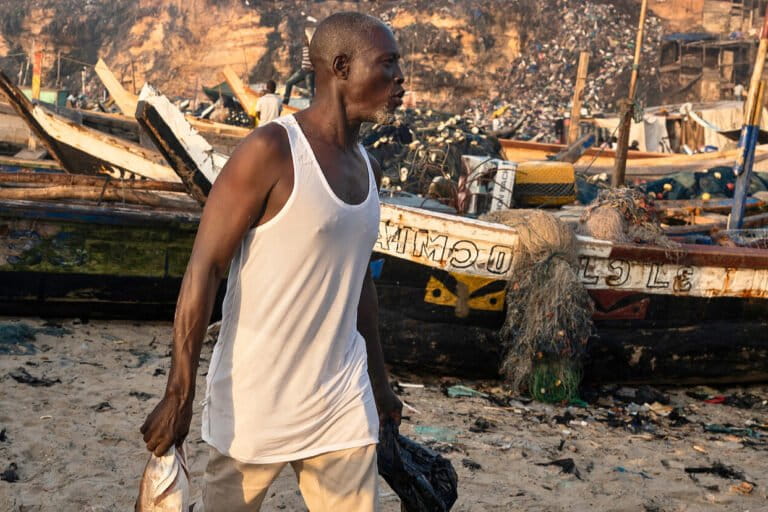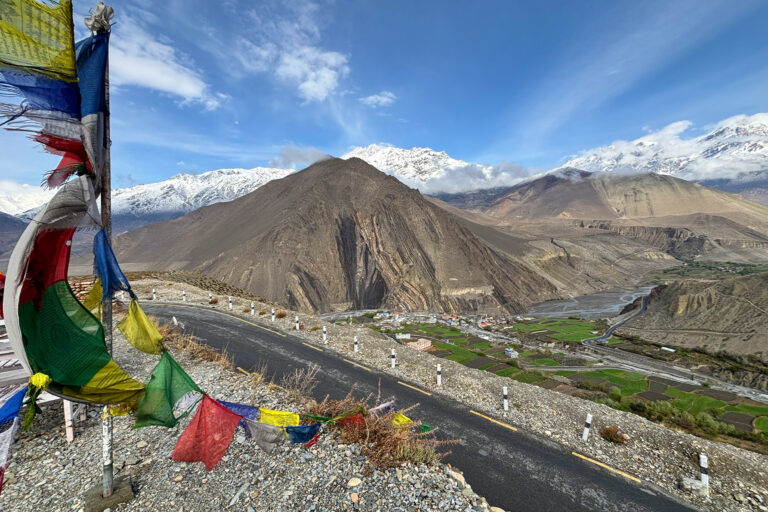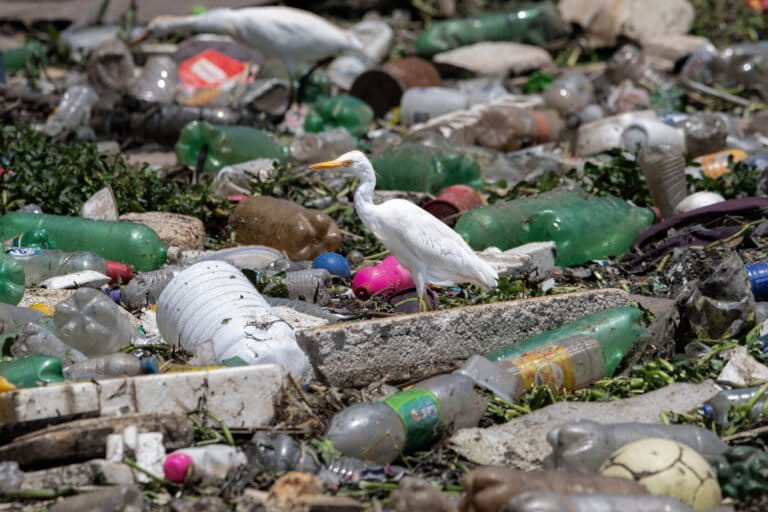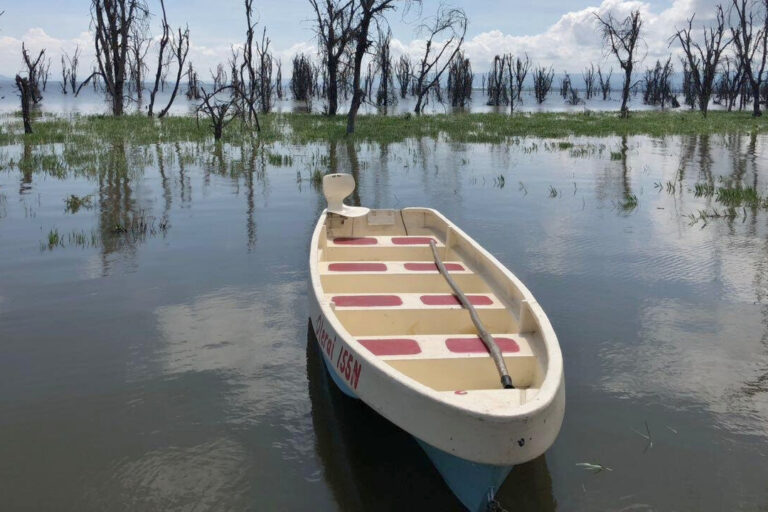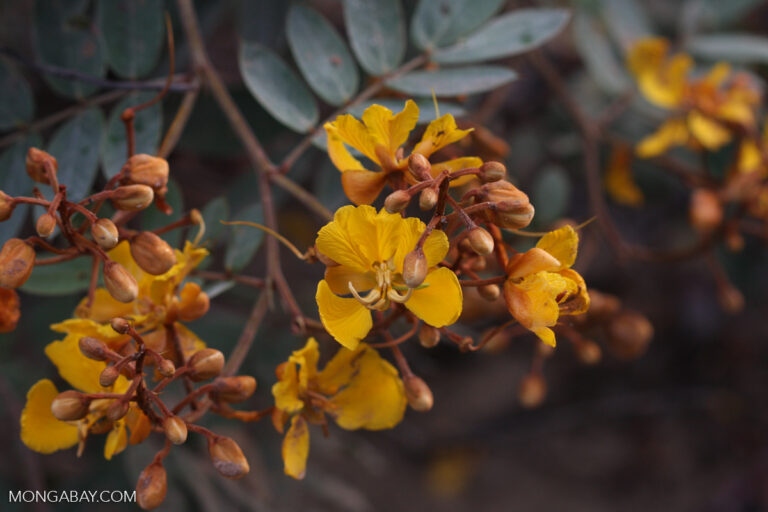- The Critically Endangered Javan rhino survives in just a single population in Indonesia’s Ujung Kulon National Park.
- In addition to environmental threats such as volcanic eruptions and tsunamis, the rhino is threatened by diseases that could be transmitted from both domestic livestock and native wild cattle living in and near the park.
- Zoonotic diseases that pose a potential threat include trypanosomiasis and hemorrhagic septicemia.
Indonesia’s Ujung Kulon National Park sits at the westernmost tip of Java Island. Its remote peninsular location offers access only from the east, along a rough road used mostly by local villagers. As dawn breaks, great sweeping pastures can be seen along the roadside, dotted with lazy water buffalo and small wooden shacks between thickets of shadowy forest. It’s a beautiful scene. It also represents a deadly threat to one of the rarest animals on the planet: the critically endangered Javan rhino (Rhinoceros sondaicus).

Life on a knife’s edge
The entire known population of the species, 68 individuals at last count, resides within the park. As goes Ujung Kulon, so goes the Javan rhino.
Sitting on the Sunda continental shelf and within the confinements of the Krakatau nature reserve, the park is at the mercy of earthquakes, tsunamis and volcanic eruptions that could strike at any time, without warning. The ongoing eruption of Anak Krakatau, successor to the infamous volcano that killed more than 36,000 people when it erupted in 1883, is a stark reminder of just how fragile life in Ujung Kulon can be.
The plight of the Javan rhino doesn’t stop there. It shares a habitat with two potential disease carriers: wild cattle known as banteng (Bos javanicus) and domestic water buffalo (Bubalus bubalis). Buffer villages that depend on the buffalo for meat, milk and farmwork surround the park’s eastern boundary, and stock pens inside the park have been found to overlap with the home ranges of at least eight Javan rhinos.
At the northern tip of the peninsula, a narrow pathway leads away from the beach, buried beneath an impenetrable wall of arenga palm. It guides visitors to a ranger’s post overlooking a clearing in the forest where the majestic banteng often congregate at dusk. The likelihood of banteng and rhinos crossing paths here raises the risk of a small, isolated rhino population being obliterated by a contagious herd of disease-carrying bovines.

Another herd bites the dust
There is no better case to demonstrate the havoc disease can wreak on a vulnerable rhino population than the conservation catastrophe at the Sungai Dusun Rhino Conservation Centre in Malaysia in 2003. It was here that Peninsular Malaysia’s entire captive population of five Sumatran rhinos (Dicerorhinus sumatrensis) dropped dead within three weeks of each other. Postmortems revealed abundant bacterial growth pointing to E. coli and K. pneumoniae infections, as well as the presence of blood-borne trypanosome (Trypanosoma evansi) parasites.
While there is some dispute as to whether trypanosomiasis was the primary cause of death or simply exacerbated the animals’ already poor heath, official documentation rules trypanosomiasis was the culprit. A herd of buffalo that shared a fence with the rhino facility is thought to be the reservoir of infection responsible for the epidemic.
By completing part of its lifecycle inside a tabanid (biting) fly, T. evansi is able to jump the species barrier to infect a multitude of mammalian hosts. The parasite is also responsible for the spread of surra disease, which is usually fatal to horses and dogs but can also be silently transmitted by carrier animals, notably bovines. That’s bad news for the Javan rhinos that live in close proximity to cattle.
African rhinos, by contrast, are known to harbor the disease without succumbing to its deadly effects.
“They have evolved with the parasite for a long time and because of that they have resistance to the disease,” says Robin Radcliffe, a conservation medicine specialist at Cornell University. “African rhinos do die of trypanosomiasis when they are translocated or moved from an area without the disease to an area that has high prevalence,” he adds. “It’s just not as likely or common as with the Asian species.”
T. evansi only migrated to Southeast Asia in the late 1800s, so Asian rhinos are much more susceptible.
Telltale signs of infection start with anorexia and depression, followed by nasal hemorrhage, muscle tremors, a deterioration in coordination and difficulty breathing. But the disease can also result in sudden death, leaving little to no time for veterinary intervention. This was the case for the first Sungai Dusun victim. According to a 2004 report by the IUCN Asian Rhino Specialist Group the following year, “she manifested no clinical signs when moved on the 27th but was discovered dead the morning of the 28th.”
One minute, Malaysia had a population of healthy rhinos; the next, they were dropping like flies.
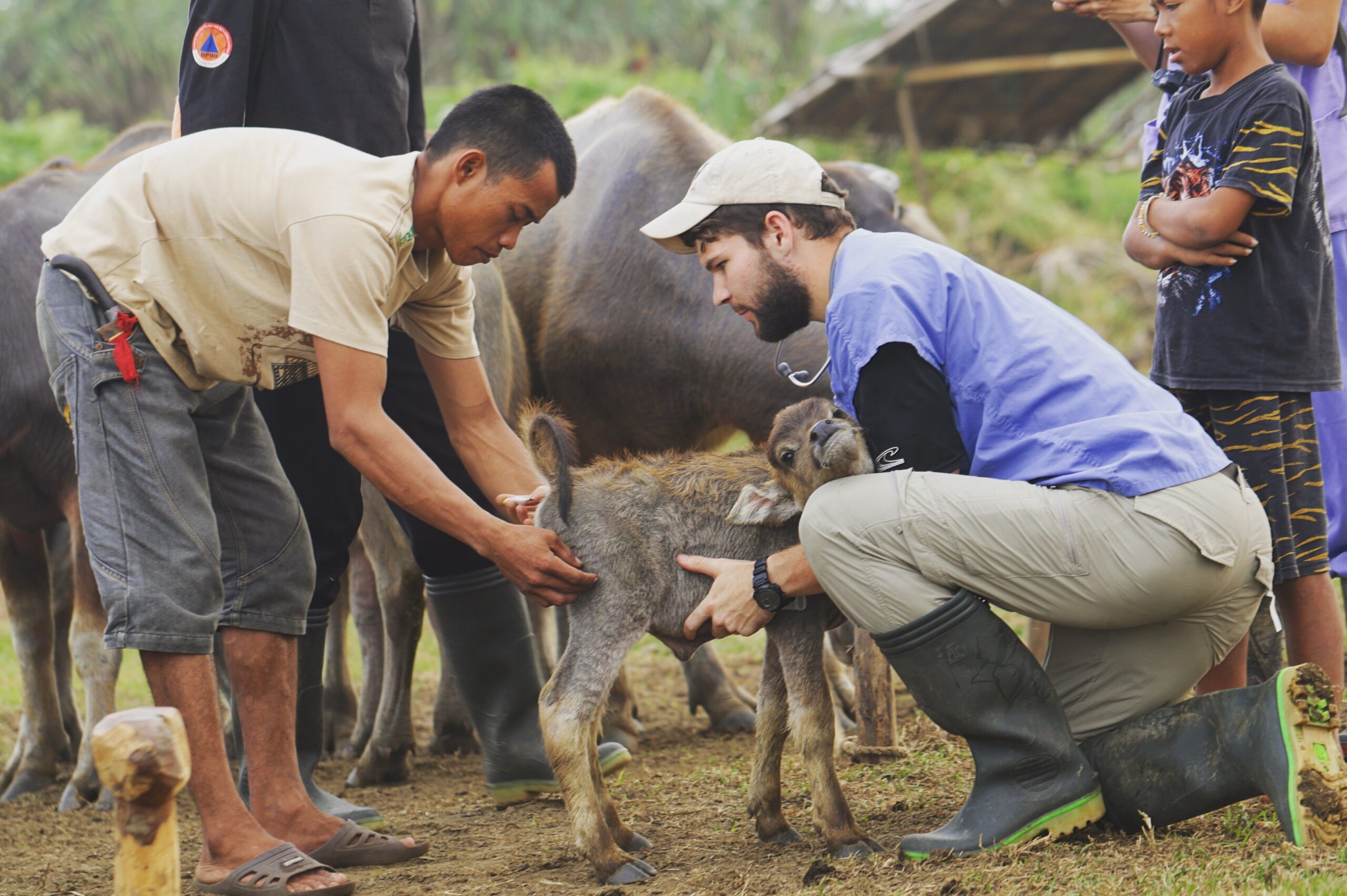
History of disease at Ujung Kulon
The events that unfurled at Sungai Dusun may not have been foreseeable, but they weren’t unprecedented, either. In 1981 and 1982, five rhinos died in Ujung Kulon, roughly 10 percent of the population at the time. The deaths were officially attributed to anthrax, even though soil samples tested negative for spores. Trypanosomiasis was also considered, with an investigation into a 2010 death confirming the presence of T. evansi in the park’s biting flies.
Another theory is that the rhinos died from an outbreak of hemorrhagic septicemia (HS), caused by the Pasteurella multocida bacteria. In November 1981, the same disease is suspected to have caused the deaths of around 50 buffalo and 350 goats near the park. At the time, this explanation was dismissed because no banteng, which occupy the same habitat as the rhinos, were observed to suffer the same fate.
Since the 1980s, the Ujung Kulon population has undergone several periodic die-offs; two rhinos died in 2002-3, five in 2010-13, and two in 2014. According to the WWF, several of these rhinos died from diseases they likely contracted from banteng.
Now, a study published this year and led by researchers from Cornell University indicates that the risk of HS posed by buffalo in and around the park might be underestimated.
Of 770 buffalo studied, only two showed symptoms and 14 tested positive for the HS antibody. None of these had been vaccinated in the previous year, so it is likely they were carrier animals that could potentially transmit the disease without showing any symptoms themselves.
The researchers also observed that animals showing signs of the disease often died so quickly they could not be tested for infection. Farmers were also unaware of how to identify and report potential cases.
The researchers therefore speculate that a much higher proportion of buffalo are likely to be infected than the results suggest, even though HS was thought to have been eradicated from the province.

Relocating from risk
Removal of major disease reservoirs would in theory alleviate the main risk to the rhinos. However, the native banteng is an endangered species, and water buffalo removal is not logistically feasible due to the disruption it would cause to local people’s livelihoods.
In 2014, Ujung Kulon’s local government announced it would fund an annual HS vaccination program to protect the region’s buffalo, subsequently reducing the risk to the rhinos.
However, there is no proven way to inoculate against trypanosomiasis. “Vaccination for the trypanosomes has not been very effective,” Radcliffe told Mongabay. The parasite changes its outer appearance so rapidly that the immune system simply cannot keep up.
What about removing some rhinos instead?
“[We need to] get our eggs into two baskets instead of Ujung Kulon’s one,” Barney Long, then the WWF’s director of species conservation, said in 2016. Conservationists have called for the translocation of a subset of the population to a second site since as far back as the 1980s, and today the need is greater than ever, as the park is thought to be reaching its carrying capacity. Since the population cannot expand beyond its current range due to a lack of suitable habitat, researchers have reached the consensus that moving some fertile rhinos out of the park is the only way to significantly increase their numbers.
Despite three decades of discussion, a plan of action is yet to take effect.
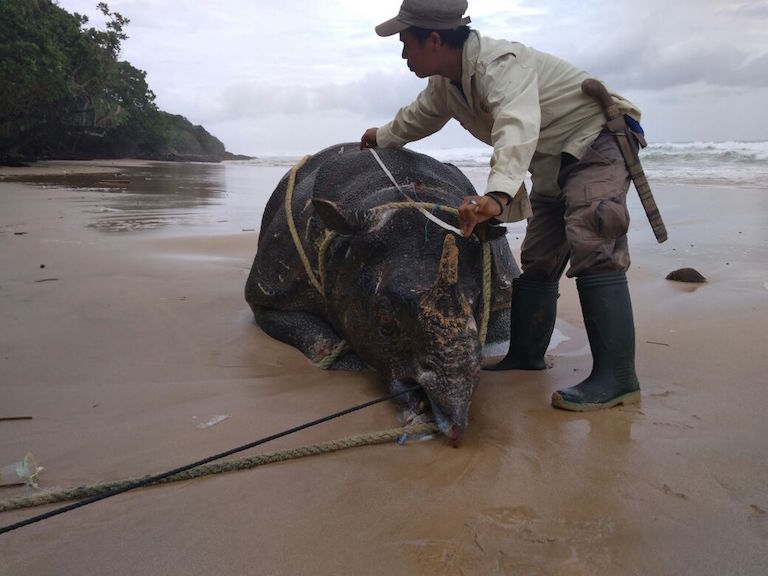
Talk but no action
Translocations of other species of rhinos have occasionally proven fatal, so it’s not a decision to be made lightly. Some experts think a sounder scientific understanding of Javan rhino biology is needed for authorities to sanction such a risk.
“There’s always a risk to moving animals, and there’s definitely more risk to moving animals that we don’t know a lot about,” says Brian Gerber, a scientific adviser who has worked with the WWF, international researchers and the Indonesian Rhino Foundation, or YABI, to monitor the Ujung Kulon population over the past five years. While scientists are doing what they can to reduce these unknowns, the decision to take action ultimately lies with Indonesian officials, he says.
But Radcliffe is optimistic. “I’m confident that it’s going to happen relatively soon, hopefully in the next five years.”
In the meantime, some operations are already underway to expand the rhinos’ habitat, at least until the political will, funding and expertise is secured to pull off the grand translocation plan. Eight years ago, the Javan Rhino Study and Conservation Area (JRSCA), spanning 50 square kilometers (19 square miles), was set up to the east of Ujung Kulon and a fence constructed to deter buffalo herders from encroaching on rhino habitat.
Experts, however, say these efforts amount to little more than a stopgap.
“The most important thing to me is we need to create a second site for the Javan rhino,” says Radcliffe. Not only does it ensure species survival should Ujung Kulon find itself suddenly plagued by disease or hit by a seismic disaster, but it offers the additional benefit of offsetting the carrying capacity conundrum.
As the volcano continues to rumble to the north, a danger just as deadly lurks to the east. The last Javan rhinos have nowhere to run — a sober reminder of how easily the species could perish.

FEEDBACK: Use this form to send a message to the author of this post. If you want to post a public comment, you can do that at the bottom of the page.







